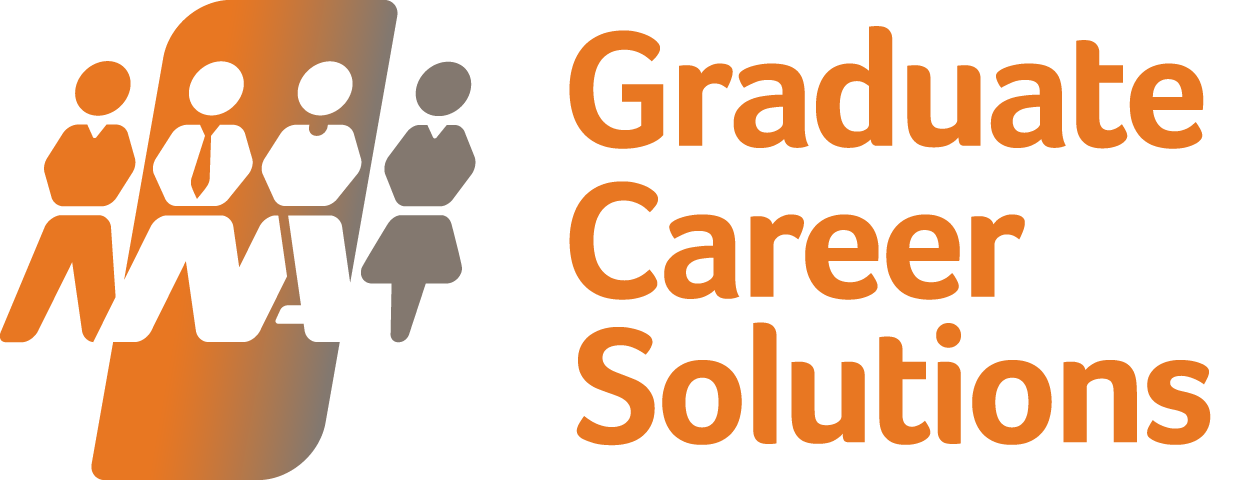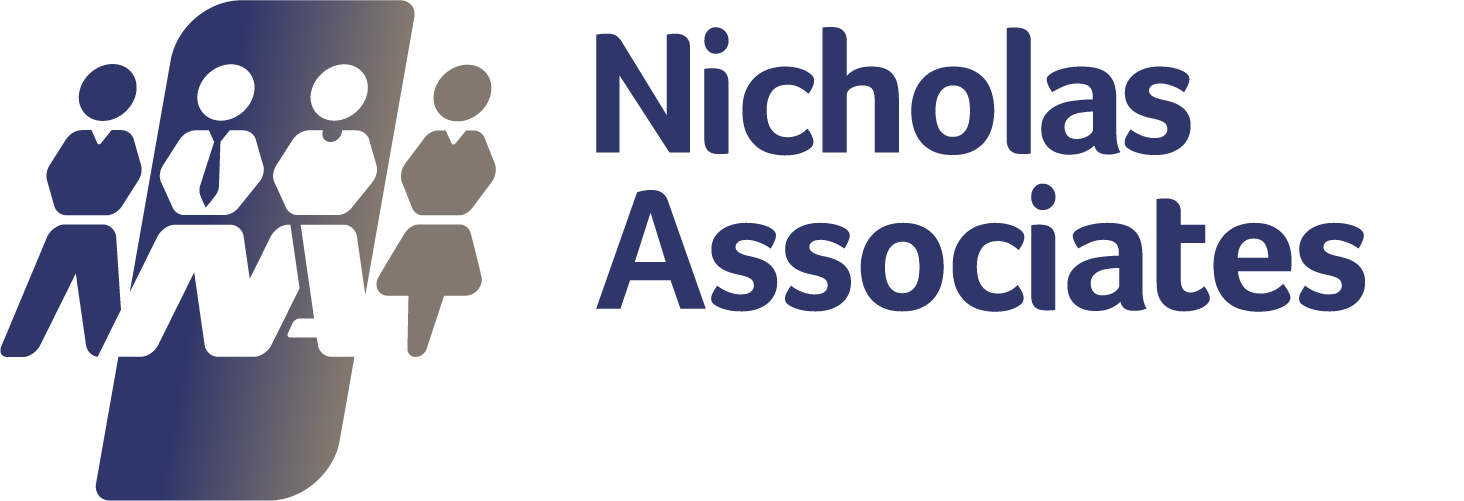Leadership Stories Unveiled: Vicky Docker
We sat down with Vicky Docker, Director at Empowered Change, for the latest instalment of our Leadership Stories Unveiled series.
Vicky, tell us a bit about yourself, your career history to date, and some pivotal moments or experiences that have shaped your career in HR and Talent Development.
I have worked in financial services for over 30 years. In my last 15 years, I worked in HR as a Senior Leader as Head of Talent, Development and EDI. I have been integral in supporting culture changes, such as creating an inclusive, professional, agile and hybrid environment. I managed the leadership, management, and soft skills development for 1000 employees at two sites. There were circa 40 Senior Leaders and 120 Managers. I designed and delivered the leadership programme which included coaching over 200 Executives and Senior Leaders to lead effectively. I have managed the employee lifecycle from recruitment, working with the outsourced partner, focused on attraction, onboarding, development to perform in a role, and talent strategy to support development for colleagues to have the skills, experience, and competence for the business growth from a medium-sized retail finance partner Creation Financial Services to a global bank. I was delighted to support the business in gaining external benchmarking recognition with the Top Employer award for the last 4 years. This demonstrates the best practices for people’s development and culture.
In 2023 I founded Empowered Change as an SME, providing people development to empower individuals and businesses to achieve their goals. I enjoy working with organisations that want to create an inclusive culture, achieve their results through their people, and value and support individuals to progress in their careers. In my spare time, I enjoy hobbies including photography, astronomy, travel, walking, watching films, history and meeting friends and family to catch up.
How did your long tenure at BNP Paribas Finance UK shape your approach to Talent and Development? What key learnings are you bringing into your independent work?
I learned that if you want to affect culture change you need input and ‘buy-in’ from the C Suite. To succeed and gain sponsorship you need their input, agreements with the strategy and development. Every development programme or activity needs to have a clear link back to, and alignment with the business strategy. It was important to communicate clearly what the initiative was about, to gain input from stakeholders and employees, to evaluate its impact, and to evaluate the return on investment. I experienced first-hand the impact on colleagues, as the business grew, and how they reacted to changes in culture, ways of working and hierarchy. Depending on how the change was managed by the manager and the communication, whether the business retained its talent. I noticed that when colleagues were not invested in and developed for the business to realise their potential, they could not see a clear direction for their careers. They did not feel empowered, valued, and encouraged by their line manager, so they became disengaged and left the business. When it was done well talent was recognised, progressed, and retained. To me, it was quite simple as managers and leaders, we make the difference between whether a colleague has a positive impact on the business or not. From a talent management perspective, I believe that when organisations develop their managers and leaders to have a culture where everyone is equally valued, asked for their input to resolve business challenges, and nurtured to develop their skills, competence, and experience then productivity increases and the impact is positive relations with customers, partners, reducing risks and increasing commercial success.
Could you share an example of a successful strategy you’ve implemented for nurturing a culture of continuous learning and development?
I developed a strategy for development, talent, and EDI. All are aligned with the business strategy. The aim was to ensure that all employees at all levels had the right behaviours, skills, knowledge, and competence to deliver effectively in their roles. Measures were noted as an indicator of where the starting point was and the endpoint measure of success. There was an external training budget which focused on development which was more specialist like CIMA and ACCA for the Finance qualifications. A skills catalogue was created and shared to create consistency in expectations and clarity about expectations at various levels for different roles. There was a focus on attracting early talent through work experience, apprenticeships, and undergraduate and graduate programmes. Key success skills include digital, AI, data, innovation and agility, commercial awareness, and leadership. The plan focused on creating an inclusive, hybrid and sustainable culture. Managers were trained to manage mental health and well-being by spotting stress signs, reviewing workload with employees, and signposting to talk therapies where needed. Managers were also trained to recognise unconscious bias, and how to work with their teams. This was to ensure all collaborated to create transformational innovation. There was a focus on upskilling for women identified as talents to establish a pipeline for future leaders. All employees were encouraged to have a personal development plan to help them perform in their current roles. This was to develop their next career move. There was a focus on self-learning to empower the learner to decide how they wanted to learn. A range of learning options were available, from bite-sized online learning to classroom/remote learning, mentoring, and coaching. Learning was recorded and noted to share the amount of development employees had experienced. This included evaluation feedback, measures of the number of people trained versus promoted, an annual engagement survey noting perceptions about development and measures of ROI where this was possible. One training initiative for example focused on innovation and agility, reducing the business £30,000 through internal development, design, and delivery. This also created several additional hours saved as routine tasks were automated and processes were improved, saving time and money to focus on more impactful activities for the business.
How do you see the role of HR evolving in the context of remote work?
There is a concern about workers not meeting in person if they work remotely. Employees especially those early in their career and new to a role learn by watching others develop on the job. When employees don’t see each other, this aspect is lost. Innovative approaches need to replace this by buddying the new employee with an experienced person. We also gain social connections through work and when we don’t meet in person this is restricted when we only communicate online. These meetings are more purposeful and less relational. This is also a time when 9 out of 10 of us experience burnout in the UK, and 1 in 4 will experience mental health illness in a year. If managers are not physically seeing their team members in person, they might not notice stress signs as exposure is limited. Trust is built by working closely and knowing each other. Through relationships built on trust, psychological safety and an inclusive culture employees can share ideas, innovate, learn, and grow. Without less formal interaction, it is more difficult to build a strong personal connection to benefit the professional relationship. Employees tend to focus on their tasks when working remotely. This can impact the strength of the team to solve problems and collaborate sharing experience and diversity of thinking. If team members are remote, it is important to create time for them to meet socially online for fun and connection. This will replace fewer formal gatherings. We also benefit from quality one-to-one time with our managers; knowing they care about us as a person, and we are valued. Time together increases productivity and results. Again, when we believe we can add value and have influence we are more engaged and productive. Physical face-to-face contact with your manager, as well as the immediate and wider team, increases relationships and productivity. HR can inspire and share the vision of why and how leaders can bring people together online or face to face. This will create an inclusive and connected culture for maximum impact.
Could you share an example of how you’ve measured the impact and effectiveness of your Talent Development initiatives?
In my last role, I designed a talent development programme. I met annually with the C-suite and senior leaders. We identified the top talent using the 9-box grid system reviewing performance, perception potential and desire to take on more responsibility, and progress. We signed up to the Women in Finance Charter to aim for 50% women in senior leadership roles by 2030. Adults are identified equally as talent to develop future leaders. We needed a balanced funnel of all genders to achieve this goal. We agreed on their individual development needs and then built a programme with core elements to improve their self-awareness, confidence, and opportunity to raise their profile and exposure and develop in areas relevant to their personal development plans. Each talent was offered a mentor, and they could gain coaching support during the programme. We found that those who were actively engaged with the programme progressed internally and stayed with the business. They gained better performance ratings and thus pay increases and bonus payments. Productivity and impact were higher. 170 employees were identified as talent in 2022 and 154 in 2023. This was higher than the goal of 10% of the workforce. 34% of these talents progressed internally between 2022 and 2023. 94% of talent was retained during that period.
Are there any emerging trends in HR and Talent Development that you believe will shape the future of the field?
Dell predicts that 85% of work will be in new roles by 2030. With AI, automation and digital interventions, the skills required today will disappear. We will have to learn to augment and integrate with technologies to focus on what routine mundane tasks can be delivered through automation. In addition, we need to learn what can be delivered with people skills. We need to anticipate which roles will go, and what skills our people will require to add value. In my view, our emotional intelligence is a human skill we can enhance to add innovation, creativity, and impactful communication.
Organisations and HR teams are stretched with limited resources. Despite having a people plan, HR has to respond reactively to cases and situations as they arise. Organisations face high demands for continuous change, business direction changes and the need to cope well under pressure. As I have already noted we are experiencing burnout and poor mental health because of the increased stress and pressure. Managers need to know how to spot stress signs and what to do when an employee struggles. Managers have to review workloads and priorities.
Skills to create an inclusive culture to bring diverse employees together to engage, listen to, and value their ideas to create innovation. Coaching is an under-used skill to help our people think independently and become more productive, empowered, and engaged. Our people know what the challenges and roadblocks are and have suggestions to improve so we need our leaders and managers to allow a degree of autonomy.
Our colleagues have become more vocal in demanding what they want from their employers. HR is the conduit to feedback to the C-suite leaders and provides relevant current ideas about how to both, attract and retain talent. HR needs to be partners for the business, involved in the strategic planning, have access to and review people data for insights and trends to share with Leaders and inform decisions, benchmarking in the marketplace to look for trends and imagine what we need to expect next for our people and equip them with the capabilities to deliver successfully for organisations. We need to develop HR professionals’ skills to become partners, able to interpret data insights, advise, challenge, and coach managers and leaders. This is to realise people are the key to delivering business results. To speed up delivery and reduce repetitive tasks, HR needs automated processes. HR has to provide self-service tools for colleagues to reduce FAQ queries.
What specific leadership competencies do you believe are essential for executives in today’s dynamic and often remote work environment?
Business leaders must be able to create and explain strategy to their teams. They should be able to understand commercial levers, reduce risk, and stay on the right side of the law, as well as both customer and employee needs. This will enable them to grow their business. People need to be focused, driven and outcome-oriented. They use data to review progress and success. Communication skills to engage and inspire people to collaborate and contribute to the business growth. Showing empathy, engaging with their teams, and supporting them. They are expected to provide feedback constructively to support learning and provide rewards and recognition for a job well done. They have to create a culture of innovation and mistakes are an opportunity to gain experience. Leaders must be aware of and knowledgeable about the modern technologies that use AI and automation so they can reduce mundane tasks and focus on the value-added work that will drive business results. Leaders need data and understanding to make positive decisions based on accurate data.
As remote work becomes more prevalent, what strategies would you recommend for maintaining a strong company culture and ensuring employee well-being?
Culture is the first place to start. Is the organisation committed to the importance of wellbeing? Mental health illness and burnout are high. 1 in 4 of us will have a mental health illness each year and 9 out of 10 experience burnout. This impacts the productivity in the organisation – increased absence for mental health illness and stress-related challenges means we lose our employees from the business for longer periods, and others have to pick up workload and this also affects their health and productivity. Employees leave organisations due to illness and it takes time to find a replacement, knowledge is lost, it often costs a higher salary to replace, recruitment fees and lost time with the team picking up the workload. Organisations that see that they can impact their employees’ well-being can positively and proactively reduce work impact. As I have already mentioned upskilling managers to spot stress signs and signpost them to support. In 1-2-1s, managers check on their employees’ wellbeing and when they return from sickness if related to mental health, they review what caused them to change and make any adjustments to prevent further lapses. Managers can encourage a positive work culture where successes and achievements are celebrated, and rewards and recognition shared. Providing mental health first aiders, employee assistance and talking therapies as an organisation shows commitment to supporting its people. An employee-led mental health and wellbeing strategy and committee, working with HR, to listen to the mood and challenges within the business, provides a feedback loop in addition to annual employee surveys. They can teach employees skills like resilience and stress management. By using models like the stress bucket, they can find positive ways to relieve stress. Managers can spot stress by learning how to consciously manage workloads and resources, not over-stretching their employees and spotting signs of stress. Organisations can have trained mental health first aiders for employees to reach out to. Internal resources like the employee assistance programme and health care services are also necessary. Communication can be shared with employees to discuss wellbeing. Employees should be encouraged to take holiday leave to rest, not work. Business leaders should model well-being by not working in the evening and on weekends.
What advice would you give to aspiring HR professionals who aim to take up leadership roles within their careers?
-
Learn how to partner with and coach employees to empower them and facilitate their thinking.
-
Develop your EQ skills to be genuinely curious and interested in others. Burnout and mental health affect us all. We expect more from our colleagues, as well as the need to attract, and keep absences low, reduce presenteeism, engage and inspire, and retain talent. HR has a key role in understanding, anticipating, and supporting business change’s impact on our people. ‘Happy employees are productive employees’, Forbes reports.
-
Learn the skills and abilities necessary to lead others. You will deliver through people, so gain skills in influencing, having challenging conversations, communicating especially managing change, agile and collaboration with others, understanding the commercial levers and how to impact results, planning and prioritisation skills, and managing your well-being and resilience so you can support others, understanding the impact of AI, digital interventions and how to use data for people insights.
Did you attend our HR Director Boardroom session, hosted by Vicky herself, earlier this year? The insightful session, co-hosted with Jenny Mann, a respected Partner at Eversheds Sutherland, delved into the intricate complexities of managing change fatigue in the ever-evolving landscape of today’s world. You can access the summary of the session by clicking here.

Vicky has 30 years of experience, working in HR as a Senior Leader, within the Financial Services Industry. She is passionate about empowering and developing people so that they can have a sense of adding value and impact to the business.
She understands and relates to the challenges that HR teams experience with having to juggle multiple priorities and constantly changing business demands, creating relevant and impactful people strategies aligned to the business needs, creating an inclusive culture, developing employee’s skills, knowledge and competence to deliver effectively within their role, manage effective performance, remaining up to date with legal, regulatory, current HR and people trends and best practices, and effectively manage the employee lifecycle from attraction to exiting the business.




